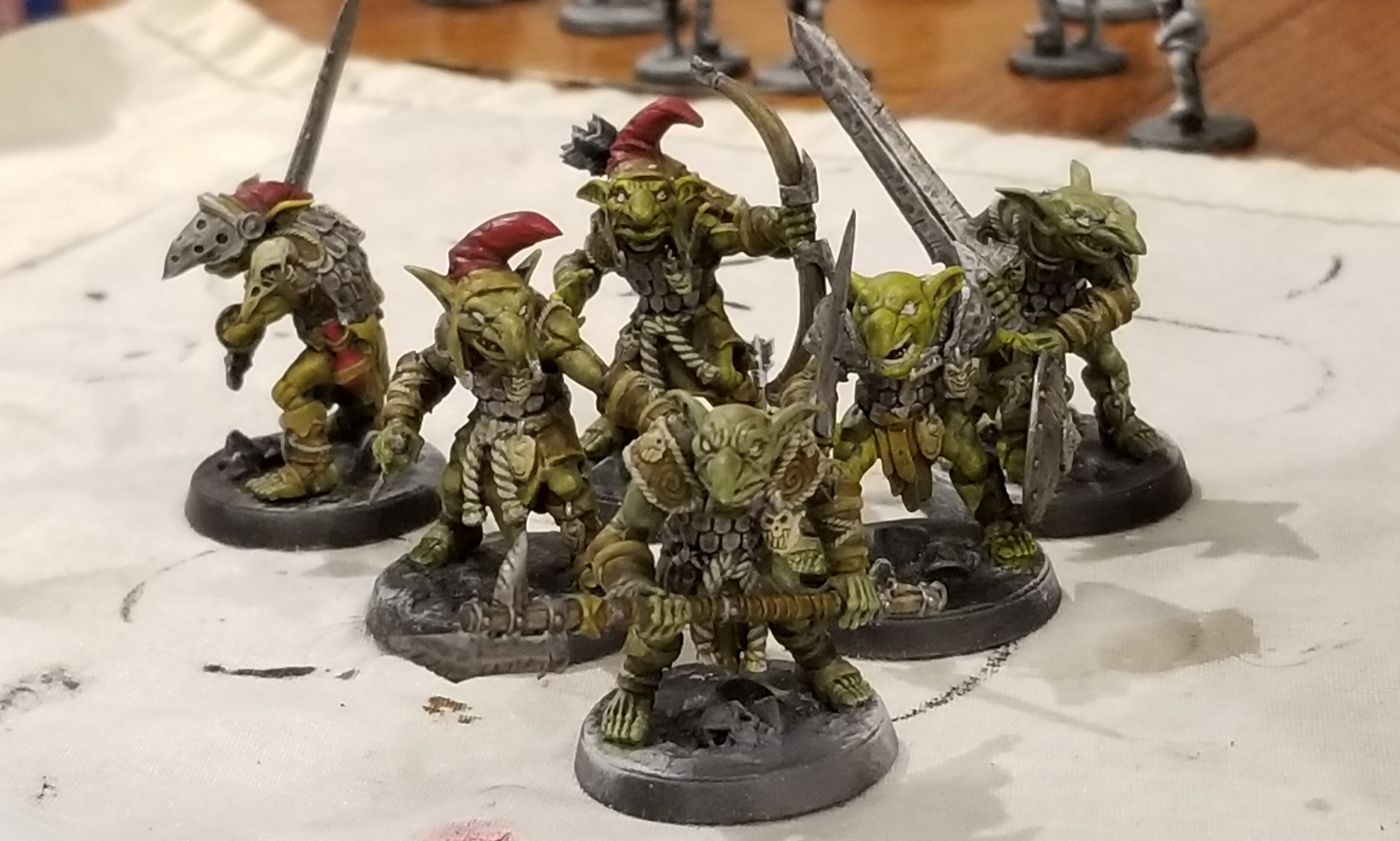I've played D&D pretty casually from time to time, but always as a player and usually just short one shots and not big campaigns.
This year I started feeling the urge to play in a big campaign, and some of my friends were showing interest. I decided why not try my hand at DMing! I went all in, I bought 6 books (DMG, PHG, Xanthars guide, tashas, MM, and MotM) a ton of paint supplies, and some tiles/maps.
And I'm glad I did! We've had four sessions so far and it's going great. We are starting on the Lost Mine of Phandelver campaign, and afterwards we will be moving into homebrew, eventually reaching level 12+. I have already started changing a few things from LMoP to fit the homebrew campaign I am planning where the BBeG will be Atropus and its chosen Warlock who is trying to attract the elder evil to Toril.
I didn't have any experience running a campaign, or even painting, but there are so many useful resources on youtube that I feel confident I've got a handle on things!
If anyone has any tips or pointers for a first time DM I'd love to hear them! I am always willing to learn.
If anyone wants to see more of the figures I've painted, heres a couple of pics https://imgur.com/a/1SMF4jr?

Some of the chronic problems for 5E mitigated by pacing:
I am addicted to bullet points, lol.
There are other chronic problems with 5E that aren't solved by good pacing -- the social and exploration pillars are bizarrely underdeveloped with no gameplay loops and this leaves combat with an over-emphasized role, wilderness survival and overworld travel are such a chore that everybody skips them, stealth mechanics are self-contradictory, crafting explicitly boils down to "the DM makes something up," some magic items are ridiculously powerful/useless for their rarity, the random loot drops are extremely random, the random encounters in the published adventure books are almost exclusively deathmatches, they never should have gotten rid of "out of combat turns," the list goes on.
I would generally categorize these as balance problems (balance between pillars of adventuring is a kind of balance). And I'll repeat that you shouldn't trouble yourself with solving them. If you're used to 3.5, then all you really need to do is follow your instincts for how a D&D session should feel, and don't think to hard about anything I just told you.
Thank you for the explanation! I can see now how added time pressure can help resolve or mitigate some of these issues. I appreciate your last two points especially.
Your advice has given me some new perspective, I think simply being aware of these issues is a big help. Like you say I won't trouble myself with solving them, but being aware of them will help me create better scenarios for my party and the campaign. Thanks again!